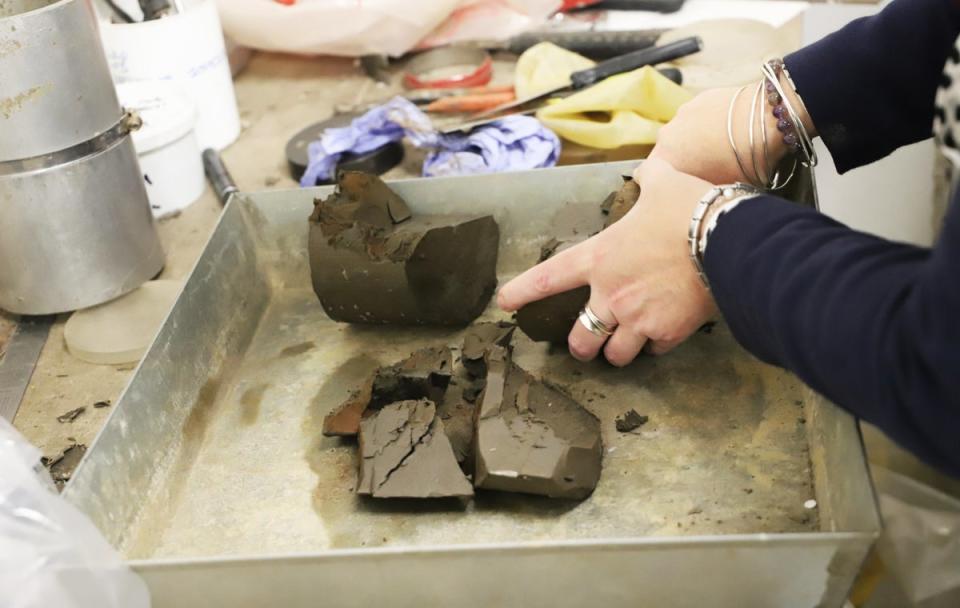Palace of Westminster: Possible remains of medieval wall found in Thames

The remains of a medieval stone wall likely to be at least seven centuries old may have been found beneath the Palace of Westminster.
The structure, thought to be the original medieval Thames River wall which ran under the Houses of Parliament, was unearthed during restoration work.
Experts say it is likely to be at least 700 years old and is made from Kentish ragstone, a hard grey limestone quarried from Kent and used in the Tower of London and Westminster Abbey.
Over the summer and early autumn, specialists spent 4,850 hours examining 160 rooms and drilling boreholes up to 70 metres deep to assess ground conditions around the palace.
The discovery came during a geotechnical borehole investigation in Chancellor’s Court, near the House of Lords chamber. The structure was assessed by archaeologists from the Museum of London Archaeology (MOLA).
It is the second such find, after timber structures were found in Black Rod’s Garden in 2015.
Sir Lindsay Hoyle, the Speaker of the House of Commons, said: "The Palace of Westminster is a treasure trove of history, and making sure this is properly conserved whilst also getting on with the vital job of restoring this unique place is a key priority.”
Roland Tillyer, an archaeologist from MOLA, said: “We were expecting [stone structures] might be present in this area and the borehole in Chancellor’s Court may have encountered it.
“The first few metres of the borehole sequence was as expected, post medieval dump deposits, which are quite soft, but then around 3.5m (11.5ft) we came across much harder material, including Kentish ragstone, mixed with a sandy mortar.”

 Yahoo Sport
Yahoo Sport 





































